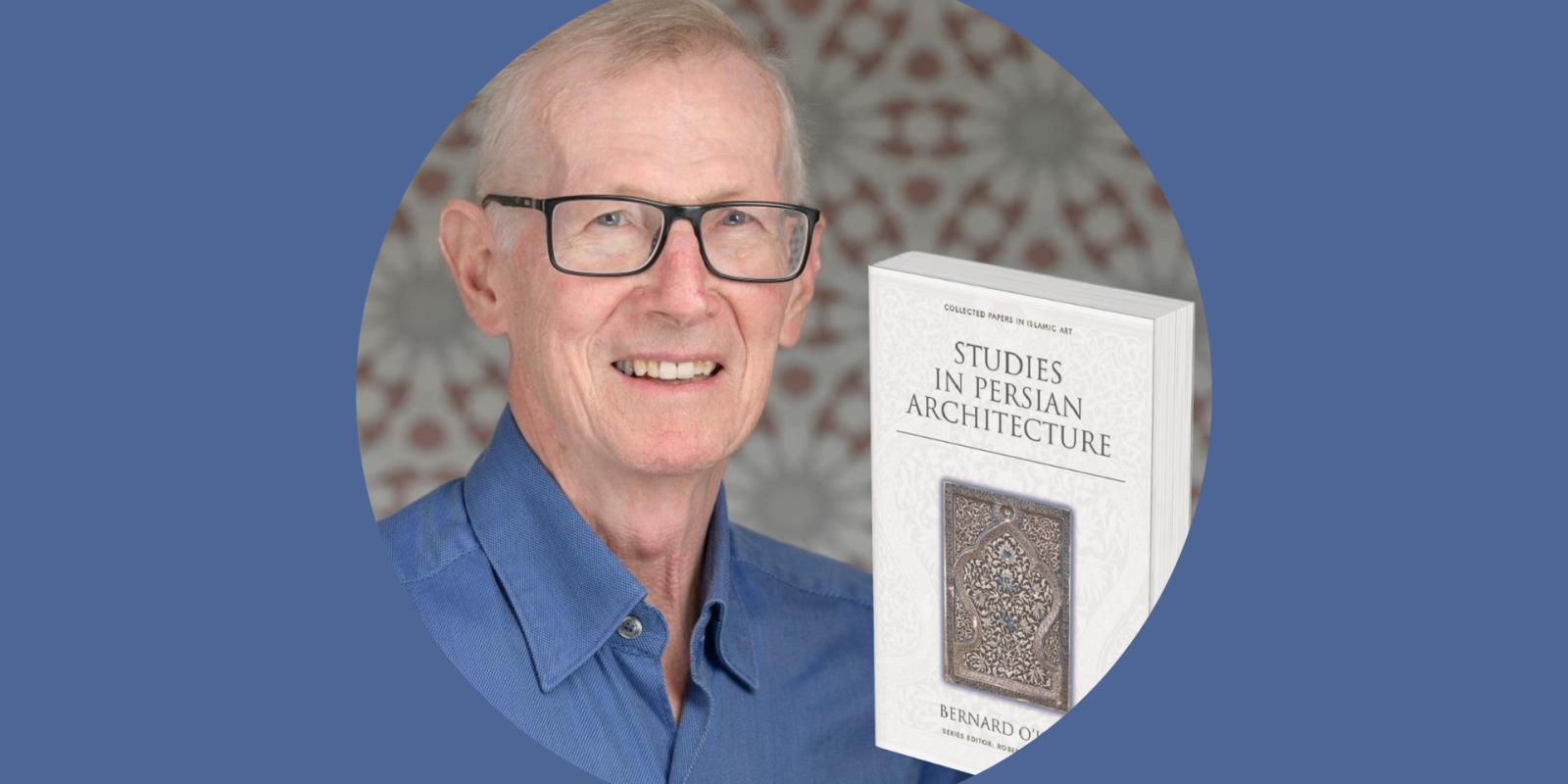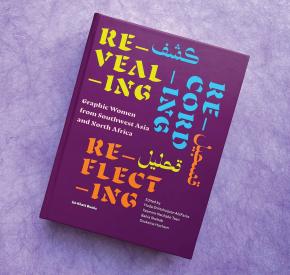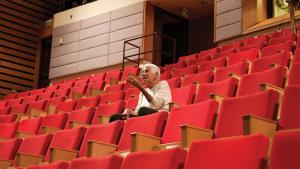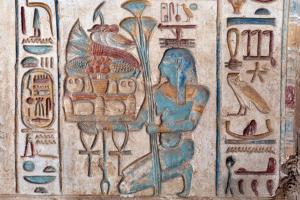
Bernard O'Kane Wins Iran's Book of the Year Award
Bernard O'Kane, professor of Islamic art and architecture, received Iran's World Book of the Year Award –– the most prestigious in the country –– for his rich and exquisitely photographed volume, Studies in Persian Architecture (2021).
O'Kane received the same award in 2004 for his book, Early Persian Painting: Kalila and Dimna Manuscripts of the Late Fourteenth Century (2003).
“I’m delighted to receive the award again,” said O’Kane. “The first was for a book on Persian manuscript paintings; this is on a very different aspect of my research, Persian architectural history.”
Through Studies in Persian Architecture, O'Kane presents 300 photographs, mostly his own, previously unpublished in color and 25 of his articles dissecting Persian monuments as well as prime features of Iranian architecture.
“The collected article series of Edinburgh University Press (this is one of three published simultaneously) gave me a chance to revise previously published articles and to update them by substituting color photos of earlier black and white ones. We also added an index to each one, making it much more user-friendly,” explained O’Kane.
The book examines the monuments of the Greater Persian world, from Iraqi to Chinese borders, including buildings from historic periods that have rarely been studied by scholars. Each monument is placed within its relevant social and political context, with an analysis of historiography, tilework, development of the domes of Iranian mosques and more. Buildings include those of the main medieval dynasties –– the Seljuqs, Ilkhanids and Timurids –– in addition to previously neglected ones, such as Uzbek monuments in Afghanistan and those of the Chaghatai, Muzaffarid, Kartid and Jalayirid dynasties.
“Persia has a particularly rich architectural heritage with the monuments, unlike Egypt, not being concentrated in one capital city but spread out to include all of Iran’s neighbors,” said O’Kane, highlighting his interest in Persian architecture. “The art of tilework was continuously developed there from the 12th century onward, and their use of bright but carefully controlled tiled facades is a joy to behold.”
A prolific author, avid photographer and AUC faculty member for the past 44 years, O’Kane has published numerous books, most recently Mosques: The 100 Most Iconic Islamic Houses of Worship (2019) and The Mosques of Egypt (2017).
Why Islamic art and architecture? “The vast range of Islamic architecture, from Andalusia to Indonesia, is both a delight and a challenge,” said O’Kane. “The centrality of the hajj meant opportunities for patrons and craftsmen to travel, and it is fascinating to see how this played out in architectural styles of sometimes widely separated areas.”




